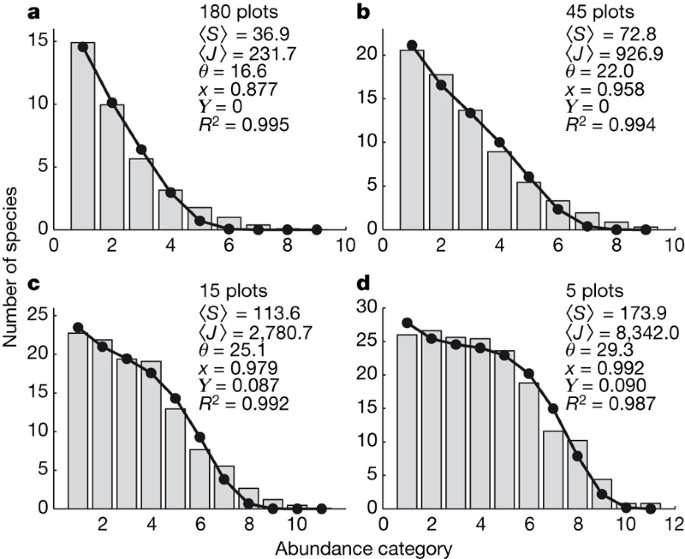
- Select a language for the TTS:
- UK English Female
- UK English Male
- US English Female
- US English Male
- Australian Female
- Australian Male
- Language selected: (auto detect) - EN
Play all audios:
You can also ask open-ended questions, says Robert McGarey, founder and executive director of the Human Potential Center in Austin, Texas, and author of _Polyamory Communication Survival
Kit: The Essential Tools for Building and Enhancing Relationships_. Some examples: How do you feel when you think of that? What would make you upset about the prospect of trying an open
relationship? Both partners, he says, should practice self-awareness and active listening — hear and then respond in an attempt to understand — and bring a win-win attitude to the
conversation. McGarey proposes summarizing with, “Let’s work together as a team to craft a relationship structure that really, really works for us.... [Let’s] get creative to see what’s
possible.” As with all relationships, once in an open one, honesty and steady communication remain necessary to avoid discomfort and pitfalls. In a previous relationship, for instance,
Jennifer Devine, a certified sexuality educator through Planned Parenthood, loved hearing every detail of the dates her then-boyfriend went on but found he didn’t feel the same when it came
to her doing the sharing. “It’s just getting clear about what helps the person feel secure,” she says. Good communication also is necessary for the more practical side of things, including
age-related sex challenges, side effects of medications that affect sexual desire, and testing for sexually transmitted diseases. START OFF SLOWLY – MAYBE WITH SWINGING There’s an important
question to consider, says sociologist Elisabeth Sheff, 54, an expert on polyamory: “It’s easy to imagine yourself having sexual variety. How are you going to feel about your partner being
with someone else?” Sheff, who lives in Springfield, Virginia, has noticed a pattern in which men push women for consensual nonmonogamy only to find out their once-reluctant partner enjoys
the new arrangement more than they do. She sees this mostly with more emotionally intimate forms of nonmonogamy. That’s why swinging — the practice of engaging in group sex or swapping
sexual partners within a group — may be a good way to dip your toe into nonmonogamy waters, Sheff says. Swinging is low pressure, Sheff says. People often share only their first names and
not much else. And they don’t usually interact with each other following the event. In addition, swinging is a low investment of time, even if it can be costly to gain access to clubs.
Admittance can be “easily $100 per couple for an evening and $500 for a single man if they let him in at all; maybe $20 for a single woman or she might even be free to enter,” says Sheff,
adding that conventions, cruises and “hotel takeovers” are more. That said, “If you get there and the vibe is off,” Sheff says, “you don’t have to take off your clothes, you don’t have to do
anything you don’t want to do. You can just split.”




